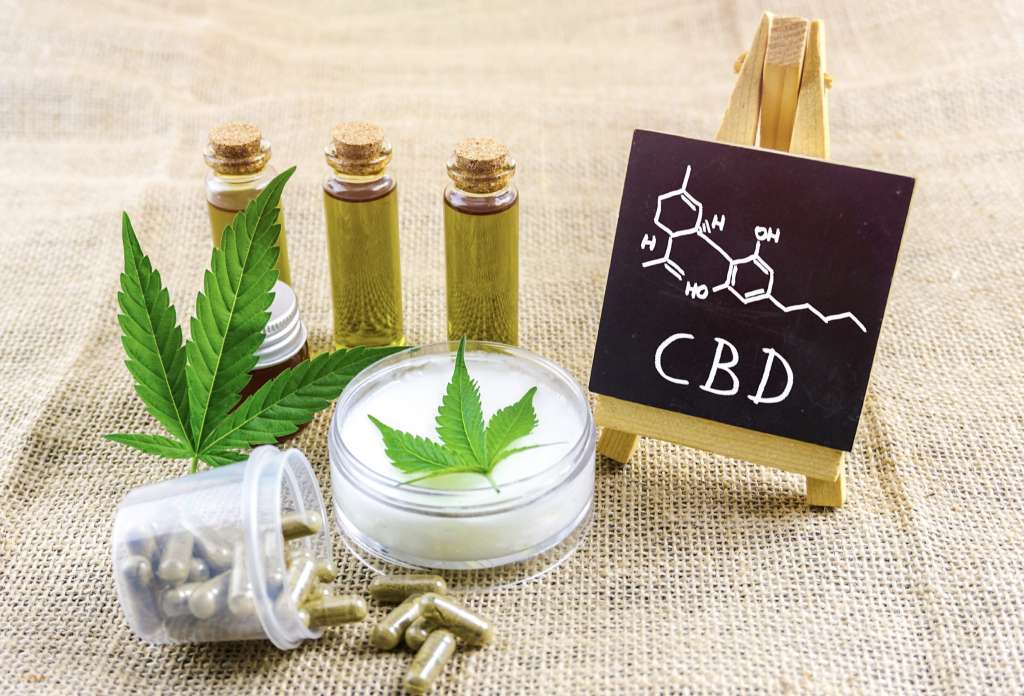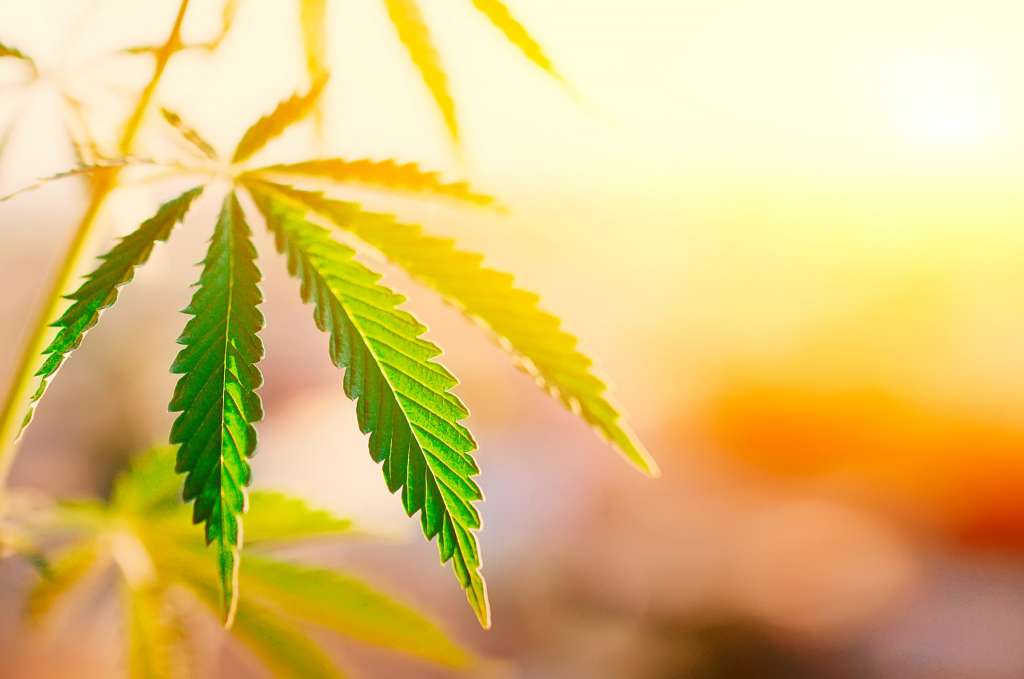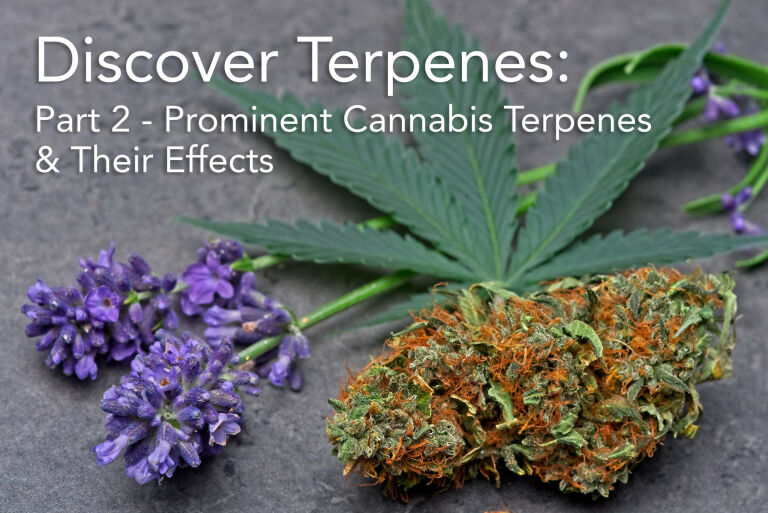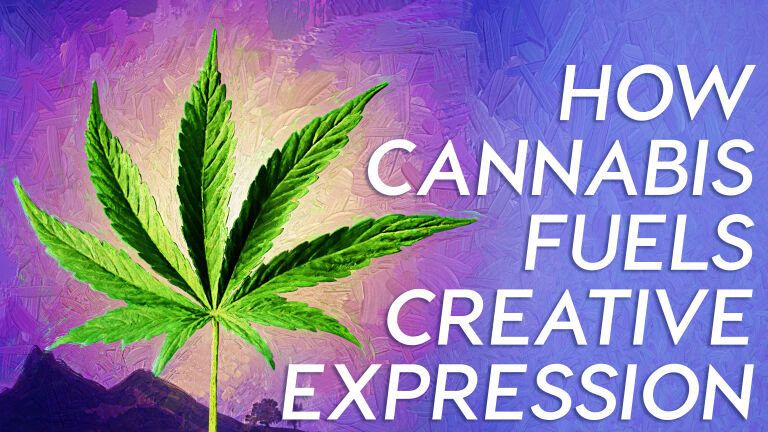In this post on cannabis history, we’re laying out the timeline of the plant & its ever-evolving role in society and culture. If you’re wondering about the historical significance of marijuana- we’ll cover your cannabis curiosities.
Archaeologists have been digging up gravesites for generations, wishing they could identify the ashes and dust found in burial vessels, opening the window to a greater understanding of our social evolution. With the development of trace analysis, their scientific dreams came true. In 2016, scientists analyzed the findings from an excavation in the far reaches of western modern-day China and discovered traces of degraded THC from around 2,500 years ago.
It doesn’t take a big leap of faith to assume that if cannabis was used in some way as a burial sacrament 2,500 years back, there was a much longer timeline of cannabis history & use leading up to that ancient burial ceremony. The sheer utility of cannabis made it useful to a growing world population. Beyond the intoxicating effects that drive periodic restrictions by controlling governments, cannabis offers multiple benefits:
- Fibers from the sturdy stalks can be used for paper and fabrics that are more durable than those made from other natural resources.
- Seeds of cannabis sativa provide one of the most valuable nutritional profiles for human consumption available from the plant kingdom.
- Cannabis has a grand and ancient history as a healing herbal resource, used to treat almost every known disease state, and utilizing every part of the plant, from rootstock to apical cola.
The Chinese left us the most detailed documentation of cannabis history by way of their early cannabis use, a plant so valued that the Chinese referred to their country as “the land of mulberry and hemp.” Artifacts suggest cannabis was one of the earliest plants cultivated after men started to organize agriculture.
When tribes began moving beyond the Chinese homeland into Europe and the African continent, they took cannabis with them. From that point on, where man went, cannabis went as well, establishing itself and apparently becoming indispensable in each new environment. As the noble plant spread, cultures developed their own cannabis history through methods of cannabis use, variations on the themes of fiber, nutrition, health, and ceremony.
Historical evidence of cannabis use as an intoxicant is scarce, but it’s hard to imagine that, given the broad use of this incredibly diversified plant, it would have gone unnoticed that life softened around the edges with the consumption of cannabis plant material.
One plant, two directions

A small lesson in cannabis botany…
In an attempt to protect themselves from the UV spectrum of sunlight, cannabis plants produce THC, the cannabinoid that offers the consumer a euphoric response. When trade and human migration out of Asia began, cannabis went along for the ride, taking two distinctly different routes, resulting in significant differences in cannabinoid expression.
The genetic makeup of the plant means that only a certain number of total cannabinoids will be produced, and the ratio of cannabinoid profiles will be determined in great part by the environment the plants are grown in, most particularly the level of UV rays the plants are exposed to.
…and why that was important
Outward paths of travel proved to become quintessential in forging cannabis history. Traveling to the north, the plant adapted to the rigors of changing seasons and periods of low sunlight and became more fibrous, with an assumed higher expression of CBD. To the south, the equatorial heat and sunlight influenced cannabis to express higher levels of the intoxicating THC. It was the southern route that led to the development of hashish, the compressed trichomes of cannabis plants. It wasn’t long before its ability to ease the stresses of daily life made it popular among the lower classes.
Hashish was potent and easy to transport. International trade routes eventually spread the drug to the four corners of the ancient world.

Whispers of oppression begin
Around the year 900, hashish became a favorite intoxicant in the Arabian world, and the first voices of concern began to raise the idea that the masses might be doing something the ruling powers needed to control.
In 1378, Ottoman Emir Soudoun Scheikhouni issued one of the first official orders banning the use of hashish.
A lengthy period of world-wide use of cannabis continued, during which the plant’s properties were explored by doctors and scientists, and suppressed societies used its euphoric benefits to overcome the daily stresses of limited resources and restrictions on personal power.
In 1890, the Greek government started the ball rolling down the hill towards eventual prohibition in cannabis history by outlawing hashish. Through the years that followed, one government after another chose to ignore the voices of reason from those promoting the benefits of cannabis and hemp products in favor of repressive laws that restricted one of the world’s most complete foods and safest medicines available to human beings.
Modern cannabis prohibition is the first to encircle the world with its desperate attempt to deny science and control cannabis use. Defying all reason and rationale, and ignoring the voice of citizens demanding honesty and access to cannabis, governments continue to this day to keep the noble plant at the top of the schedule of dangerous and deadly drugs.
If the intent of the dangerous and decades-long War On Drugs begun by President Richard Nixon was to rewrite cannabis history & prove the toxic nature of marijuana, it didn’t work.
As California goes, so goes the nation.
In 1915, California had the dubious distinction of being the first state in the Union to make cannabis illegal, and by 1937, following decades of yellow journalism falsely linking the newly-christened “marijuana” plant to the Mexican immigrants, the newspapers claimed to be a danger to the community, Congress had been bamboozled into believing the lies. Almost overnight, the Marijuana Tax Act stamped out cannabis, at that time an active ingredient in over 60% of all pharmaceutical preparations by druggists in the United States, and widely used in similar fashion around the world.
The decades of cannabis history that followed are filled with failed attempts to eradicate cannabis production and severely limit citizen access to marijuana. By controlling research, funding only those studies that could potentially prove that the safest plant-based intoxicant and medicine was somehow toxic, the U.S. government did its best to hide cannabis from the world.
In a delicious twist of irony, Israeli scientists under the leadership of Dr. Raphael Mechoulam used one of those U.S.- funded studies to forever change the way we looked at the plant, altering cannabis history.
“Before, these things were invisible.”
Andrew Lawler, contributing writer for Science Magazine, speaking of the value of trace analysis in identifying archaeological residues.

Building on the work of cannabinoid researchers all over the world, Dr. Mechoulam’s team of William Devine and Dr. Lumir Hanus isolated the first endocannabinoid, dubbed anandamide, “the bliss molecule.” This work would become instrumental in igniting subsequent research efforts throughout cannabis history.
What they ultimately discovered was that we each have a primary cellular signaling system that works at all times to create a state of balance in the human body we call homeostasis. They named this dynamic and creative system the endocannabinoid system (ECS) after the plant that led to its important discovery. We now know that there are few actions that occur in the human body on a cellular basis that do not directly involve the ECS.

With their discovery, cannabinoid and endocannabinoid research took off like a rocket, and hasn’t slowed down since. Today, cannabis is the most studied plant on Earth, and almost daily we expand the understanding of how phytocannabinoids augment our body’s natural healing forces.
The more we learned of the medicinal benefits through science & cannabis history, the louder patients and their advocates became. In 1996, California once more led the way for the nation, but this time it was first to legalize cannabis for medicinal use. A slew of states followed their lead, and each year we add more states to the list of those that acknowledge the truth, and once again allow their citizens access to the healing potential of cannabis.
As of May, 2020 the momentum in cannabis history seems to favor legalization.

Prohibition grinds to a close
Today, in 2020, 76 different countries recognize the value of cannabis as a medicine, with an increasing number accepting that there’s no real reason to be afraid of cannabis intoxication, so they’ve either relaxed enforcement standards or outright legalized cannabis use.
Following medical legalization in 2001, Canada completed the cycle for its citizens in 2018 by legalizing cannabis for adult recreational use. That same year Mexico’s Supreme Court ruled that the government’s rule against cannabis cultivation and consumption was unconstitutional, as it violated an individual’s human right to the unfettered development of his personality.
What lies ahead?

The momentum of change has created unexpected bright spots in both cannabis history & the cannabis world:
- Research dollars are beginning to fund explorations into more efficient protocols for dosing cannabis.
- Data collection from the expanding field of cannabis clinicians is shedding light on how patients dose and dispelling the stereotype of the “lazy stoner.”
- Breeding programs are offering the consumer cannabis varietals with cannabinoid ratios more attuned to consumer needs, as well as those high in what we used to think of as “minor cannabinoids” that are turning out to be anything but minor, like CBD and THCV.
- For the first time in any of our lifetimes, you can walk into a legal shop and purchase legal cannabis products.
- There seems to be no end to the innovation of cannabis product development.
- We have better technology coming out of prohibition than we did going in, which benefits those doing research, and by extension those of us who will gain better products and medicines from their dedication to shaping cannabis history.
- Hemp is now being grown on American soil for both industrial and medical use.
Research into the cannabinoid acids – the non-psychoactive cannabinoids the plant actually produces in its essential oil – makes it more difficult to ignore the message that cannabis may be more effective as a medicine when we think of it as a food. Raw THCA and CBDA, for example, are showing themselves to be even more potent for treating some conditions than decarboxylated THC and CBD. Cannabinoid acids don’t get you high.
If fear of intoxication is holding back personal choice or government reform of cannabis laws it’ll be hard to make the same case about cannabinoid acids being a threat to society.
Cannabis history: From checkered past to bright future

A veritable staple in the lifestyle of ancient civilizations, cannabis history has woven itself into the fabric of human existence. Once used by Queen Victoria to manage debilitating migraines, to then be unjustifiably vilified and controlled to extreme excess by governing bodies around the globe, we are finally seeing the beginnings of cannabis claiming its rightful place as one of our planet’s safest medicines and intoxicants.
Cannabis history shows us there are no guarantees that this freedom will continue to progress down this path to open access, but the energy seems to be moving in that direction. With each new study demonstrating how cannabis interacts with the ECS to further healing and homeostasis, the arguments against it become more impossible to take seriously.
Education on cannabis history makes a difference. After generations of propaganda about the dangers of marijuana throughout cannabis history, it’s our turn to promote truth and encourage further research and access. If you have a story to share about cannabis history or a question you’re hoping to find answers to, there’s a comments section below waiting for you to join the conversation.



